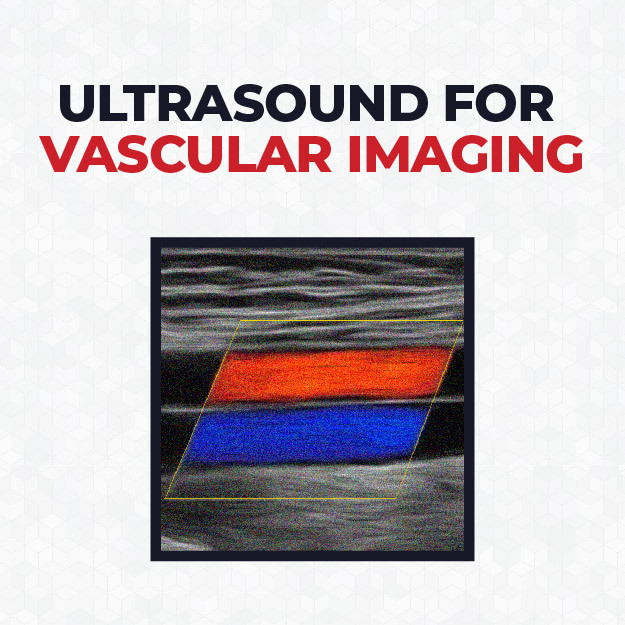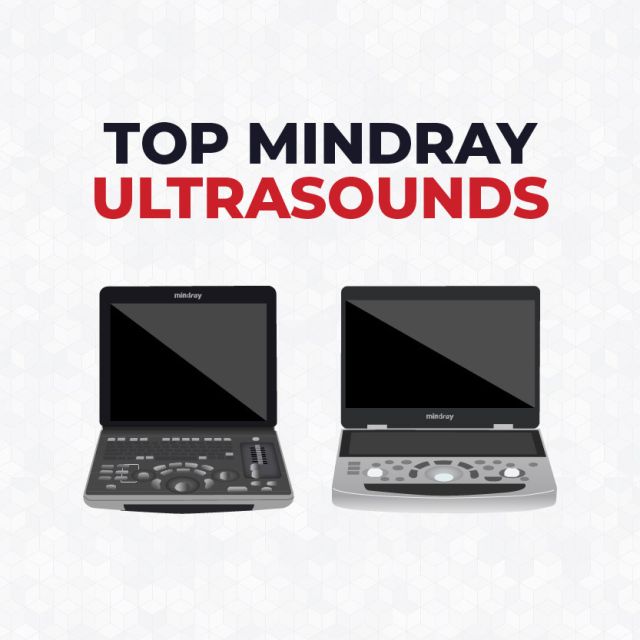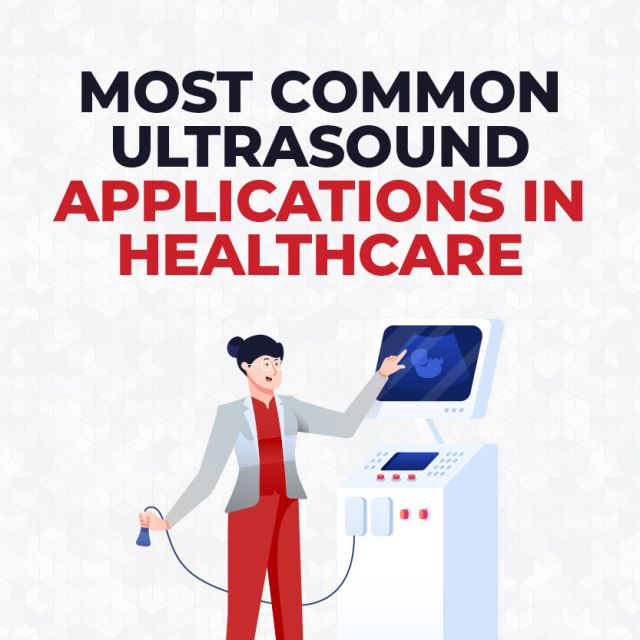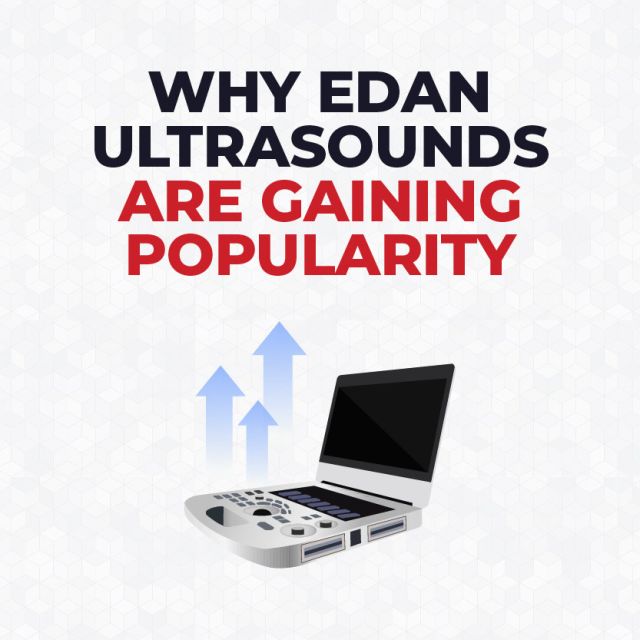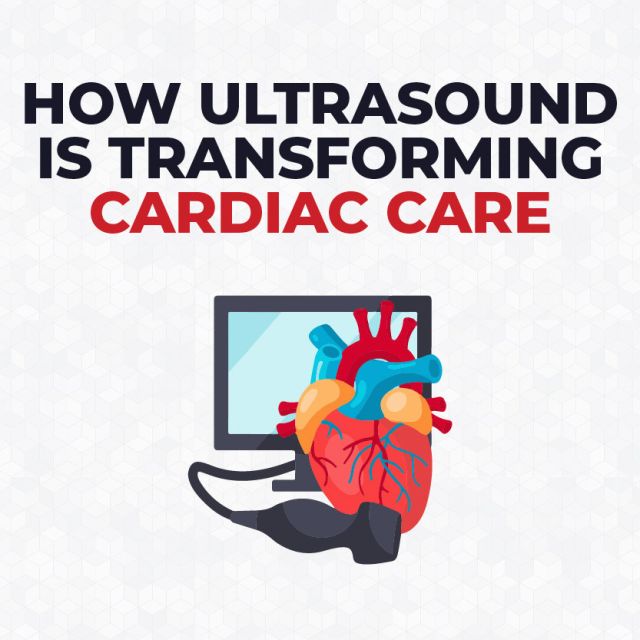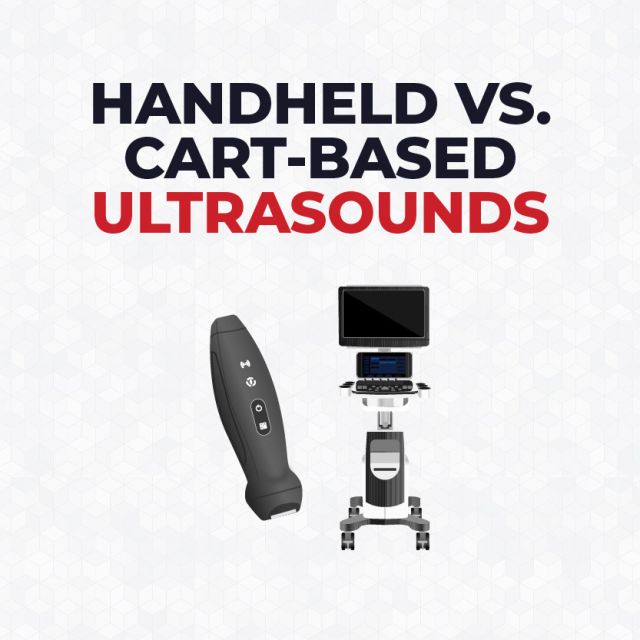How Ultrasound is Transforming Cardiac Care
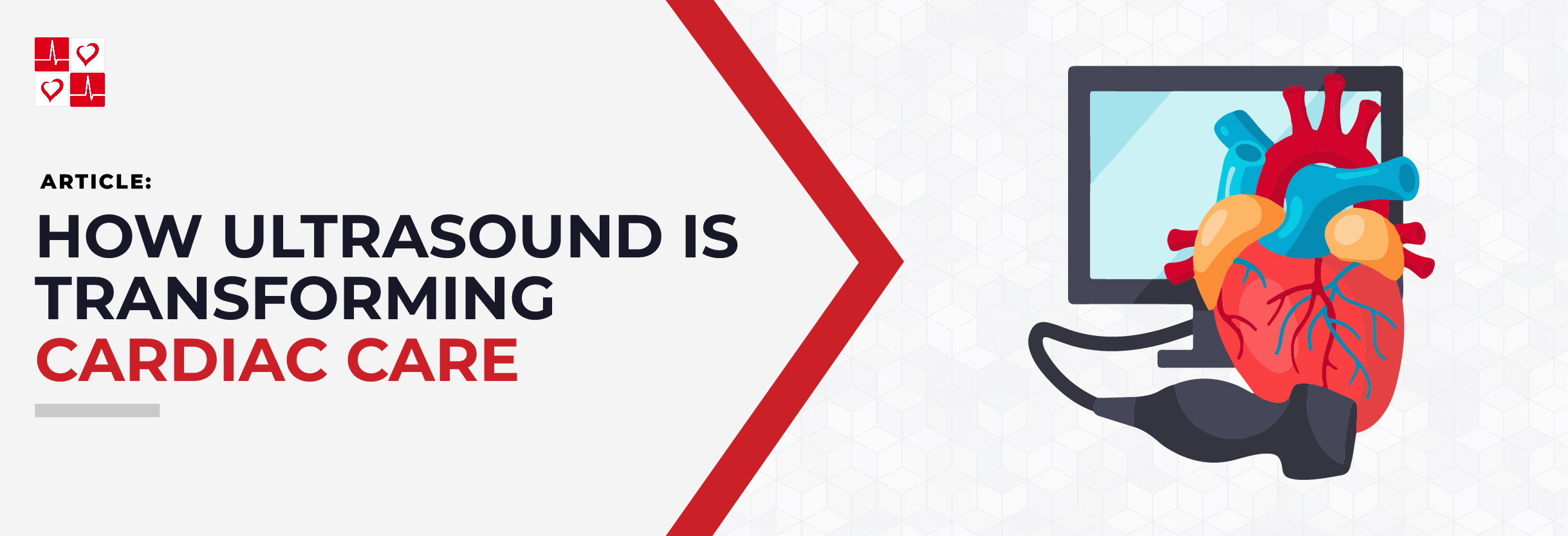
Introduction
Ultrasound in cardiac care is evolving rapidly, revolutionizing diagnostics and real-time imaging. While ultrasound in cardiac care is known as a diagnostic tool for early-stage heart conditions, ultrasound is now a cornerstone in a wide variety of cardiac care settings, expanding role is reshaping how we diagnose, treat, and monitor patients. In this article, we’ll explore how ultrasound machines are transforming cardiac care.
How Ultrasound is Transforming Cardiac Care
Early Detection and Diagnosis (Echocardiography)
One of the most significant ways ultrasound is transforming cardiac care is by enabling early detection of heart conditions. Echocardiography provides a non-invasive way to assess heart structure and function. With high-resolution images, clinicians can spot abnormalities such as valve defects and blood flow problems. For patients at risk of conditions like heart failure or coronary artery disease, early detection can be life-saving.
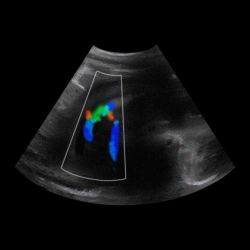
Point-of-Care Ultrasound
The development of handheld ultrasound devices has revolutionized cardiac care, particularly in critical and emergency settings. Point-of-care ultrasound allows clinicians to quickly assess patients at the bedside, providing immediate insights into cardiac function. Portability allows clinicians to perform high-quality assessments in ambulances or outpatient settings.
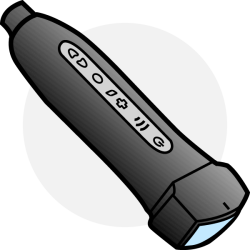
Real-Time Imaging During Procedures
During cardiac surgeries, transesophageal echocardiography (TEE) provides real-time images of the heart, guiding surgeons through complex procedures. This live imaging helps guide interventional procedures and monitor results during surgeries.
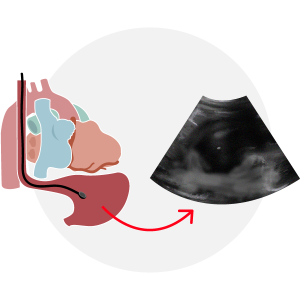
Post Operative Applications
After cardiac surgeries or interventions, ultrasound plays a key role in follow-up care. Echocardiography helps assessing valve function and detecting potential complications. Ultrasound is invaluable in ensuring proper function and identifying any structural changes.
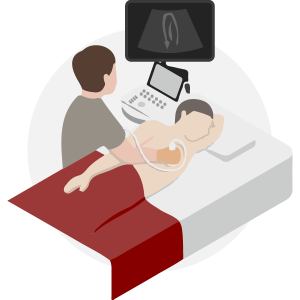
Closing
Ultrasound is revolutionizing cardiac care by offering real-time imaging, guiding complex procedures, and making diagnostics more accessible. As the technology continues to evolve, its role in cardiology will only expand, leading to earlier detection and more precise interventions.


